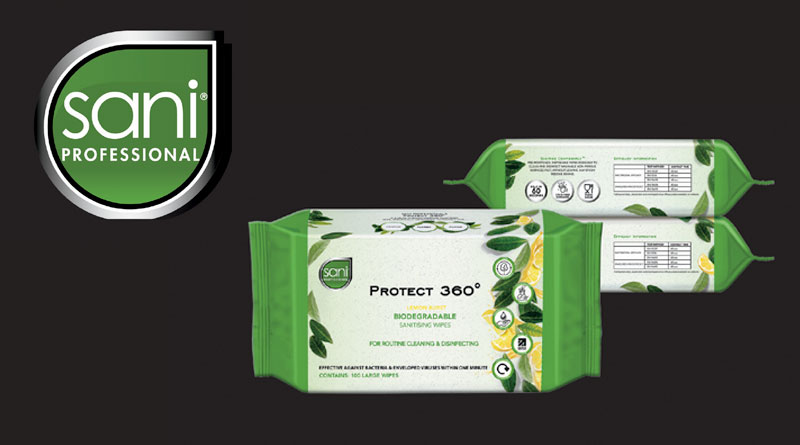Why Are Restaurant Tables Often Sticky?

We’ve all experienced it, sitting down at a restaurant only to find the menu clinging to the table. That tacky feel is one of hospitality’s biggest guest turn-offs and can quietly harm a venue’s reputation.
Sticky tables signal poor hygiene, even in otherwise spotless settings. This perception can be costly: guests may assume standards are low, leave negative reviews, and avoid returning. The problem, however, usually lies not with cleanliness but with cleaning practices themselves.
Many restaurants use sanitising sprays that contain quaternary ammonium compounds (quats). Over time, these leave behind a thin, sticky residue that attracts dirt and grime. Re-using damp cloths across multiple tables spreads the problem further, while heat and humidity make it worse. The result? Tables that look clean but quickly feel anything but.
The good news is that sticky tables aren’t inevitable. Restaurants can break the cycle by choosing alcohol-free, residue-free wipes made for food-contact surfaces, using ready-to-use products to avoid dilution errors, cleaning before sanitising, and allowing surfaces to air dry properly.
Sticky tables might seem minor, but they influence perception, reviews, and loyalty. A clean table doesn’t just look good – it builds confidence, compliance, and long-term trust in your brand.
At Sani Professional®, we’ve developed Protect 360° biodegradable sanitising wipes to solve this challenge sustainably. Their plant-based active formula cleans effectively and dries residue-free, helping hospitality teams deliver a spotless, guest-ready finish every time.
Request your FREE Protect 360° samples by writing an email to samples@sanipro-intl.com
